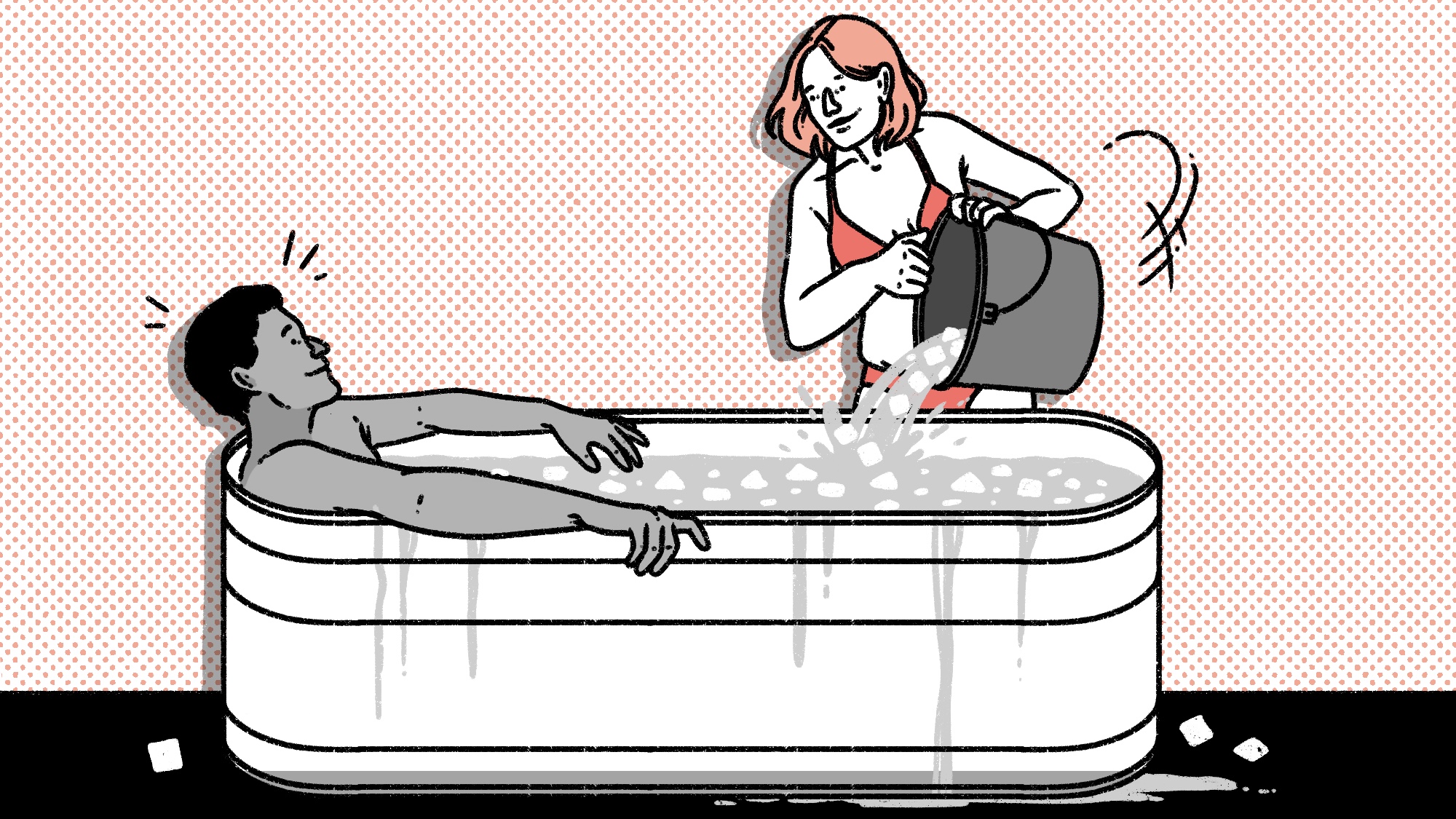BEING SORE SUCKS. Anyone who’s exercised to an extent can probably complain about the stiffness, pains, or—worse—injuries the next day. But as annoying as the achiness gets, it’s a critical part of the recovery process.
Under your skin, the all-important muscle fibers that push and pull bones to move you around tear slightly during a workout—a phenomenon called microtrauma. Combined with inflammation, these tiny ruptures may cause soreness, which your body alleviates by replacing the cells around the wound.
There are actually two kinds of muscular soreness that you feel after a workout, and they come from different sources. The microtrauma-based discomfort is known as DOMS, short for delayed-onset muscle soreness. You might feel it most between 24 and 48 hours after the workout—and for as long as three to five days. The other type, acute muscle pain, happens after you overwork your body. These pangs go away in about a day or two, just in time for the DOMS to peak.
So are there surefire ways to get rid of your soreness? Not exactly. The problem is that to ease the aches, your body has to heal the microtears, which isn’t a process you can speed up. There is some good news, though: A solid post-workout ritual could have a placebo-like effect on your mind, blunting some of the pain you feel. And there could be other perks too.
For example, stretching does not lead to faster recovery, but it does make you more flexible and less prone to injury in the future, especially during high-intensity workouts. And while warm-ups don’t help with the healing process either, they do raise your heart rate, preparing you for the sudden jump in activity.
Then there are the various salves, tools, and self-care schemes people try. A few studies show that proper use of compression gear could confer some benefits for blood flow and enzyme production. Some gymgoers pregame the pain with anti-inflammatory drugs like aspirin and ibuprofen, though they have no proven power against soreness. Elite swimmers might tolerate the bruises that come with cupping therapy—without any science to confirm the benefits of the practice. Even ice baths and far-infrared saunas (featuring high heat and low humidity) have minor, inconsistent results, according to researchers.
In general, getting a massage a day or two after a workout offers short-term relief for muscle tenderness. You will likely feel a little worse with a pair of hands or a percussive therapy device kneading into you, but as soon as it’s done, your pain will be more manageable for the next few hours. In certain circumstances, massages might even help reduce inflammation and DOMS.
There are three surefire things you can do, however, to soothe your soreness a bit. The first is to rest. Your body needs time to rebuild your muscle fibers, so getting a good night’s sleep and using the sore body parts less when you’re awake will help you recover faster. Weightlifters know this well and will work a different muscle group each session. If you’re a regular at the gym, commit to triceps one day and focus on a different group (biceps, maybe) the next.
The second is to make sure you’re eating well. Your body requires nutrients like proteins and carbohydrates to patch up your muscles, so enjoy a big bowl of pasta or a tall glass of chocolate milk a few hours after training.
The third thing you can do is keep at it. DOMS hits harder when you try a new form of exercise because your body is not used to the strenuous activity. The first time will always be the most painful. But if you set a schedule and habit around the workouts you like best, it should hurt less after you crush all your reps.
Read more in the Workout 360 series: pre-workout ingredients, the best basic routine, and the muscles you forgot. Or check out these other PopSci+ stories.

